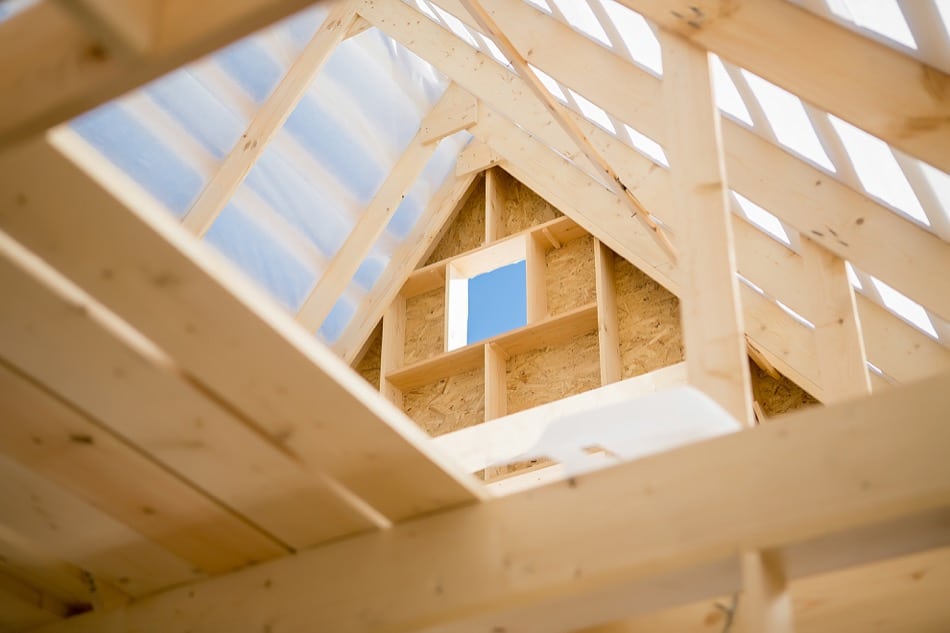
What Is the Difference Between a Stick and Mason Home?
 A stick and a mason home can sometimes be confused, depending on the nature of the construction and geographic area in which a buyer is shopping. Once buyers understand more about how each one is put together, they can decide which one is right for them. Find out more about how these homes are made and what it means when it comes time to make an offer.
A stick and a mason home can sometimes be confused, depending on the nature of the construction and geographic area in which a buyer is shopping. Once buyers understand more about how each one is put together, they can decide which one is right for them. Find out more about how these homes are made and what it means when it comes time to make an offer.
How a Stick Home Is Built
The frame of a stick home will include the following:
- Roof
- Floor supports
- Base structure
These elements are made from separated pieces of wood and then constructed at the actual building site. Stick homes are generally smaller and often used for custom-built homes. The builder will usually have a general idea of what is to be included in each floor plan and adjust the wood pieces as needed.
How a Mason Home Is Built
Mason homes are made from concrete walls, basements, floors, and foundations. The roof of a mason home is usually wood, while the exterior is covered in a facade like brick. The main thing to remember when looking at mason homes is that there’s more to them than meets the eye. Just because the outside appears to be made of one material, doesn’t mean it isn’t reinforced with concrete below the surface.
Benefits of a Stick Build
There’s been a general trend toward pre-assembled homes as of late. Manufacturing pieces and fitting them together before bringing them on a job site is appealing to buyers because it tends to lower the cost of a property—even on that of a new construction home.
However, pre-assembled homes also limit a builder’s ability to work with the actual site. It’s harder to make adjustments based on the quirks of the land or use their creativity to solve an unexpected problem.
Stick buildings bring that element back and make it possible to truly adapt a property as it comes together. It’s also less expensive than a mason build and a great way to get custom-built features on an affordable home.
Benefits of a Mason Build
A mason home is generally better insulated and more stable than a stick build. They require less maintenance than a stick home because their frames are thicker and less susceptible to things like water or insect damage.
Excellent insulation also means friendlier utility bills. For budget-conscious buyers, mason homes cost about 12% more than stick homes (though the energy savings of mason homes may account for that discrepancy).
Finally, mason homes are primarily made of concrete. Making use of the quarries instead of the forests means that mason builds are more environmentally friendly on every level. Plus, there are plenty of ways to add custom features to a mason property. For instance, laying hardwood floors over the concrete to improve the aesthetics of the home (and add to its resale value).
Final Considerations
From the descriptions, it’s easy to think that stick homes are not as well-made as mason homes. However, the reality is that the builder determines the overall quality. There are some stick homes that are more insulated than others and some mason homes that are not nearly as stable as they appear. Homeowners who are in the market for a smaller home should at least consider stick homes, while those who need more space should veer toward mason homes.
Whether making the decision based on price, environmental concerns, or space, identifying stick or mason homes can make a world of difference when it comes time to choose a property.



